前陣子工作上做了一些關于 ADC 的支持,由于現在 ADC 相關的支持都被移動到了 IIO (Industrial I/O) 子系統下,我查閱了一些關于 IIO 資料,包括書籍、文章、內核文檔和代碼。個人感覺最好的入門文章應該是 ST WiKi 網站上 的 IIO Overview(2019) 和Analog Device Wiki 網站上的 Linux Industrial I/O Subsystem(2017),為了方便愛偷懶或者英文不好的小伙伴,我提煉了多篇文章的精華內容并在其基礎上進行完善,盡量控制篇幅,希望能給大家提供一點小小的幫助。
Linux 驅動開發 / IIO子系統入門1
正文目錄:
1. 什么是 IIO 子系統? 1.1 IIO 概述 1.2 IIO 相關的組件2. IIO 功能特性3. IIO 相關配置 3.1 配置內核 3.2 配置設備樹 3.2.1 IIO providers 3.2.2 IIO consumers4. IIO API 4.1 用戶空間 API 4.1.1 4種接口 4.1.2 操作實例5. 更多值得學習的知識點6. 相關參考
寫作目的:
整理一些 IIO 子系統的入門知識。
1. 什么是 IIO 子系統?
1.1 IIO 概述
Industrial I/O 子系統旨在為某種意義上是模數或數模轉換器 (ADC,DAC) 的設備提供支持,于2009年由 Huawei 的 Jonathan Cameront 添加。
簡單框圖:

支持的設備包括:
ADC / DAC加速度計磁力計陀螺儀壓力傳感器濕度傳感器溫度傳感器。。.
很久以前,對于上述硬件的支持散落在 Linux 源碼中的各種地方。
IIO 的出現,提供了一個統一的框架用于訪問和控制上述各種類型的傳感器,并且為用戶態應用訪問傳感器提供了標準的接口:sysfs/devfs,并且填補了 Hwmon 和 Input 子系統之間的空白。
另外,IIO 不僅可以支持低速的 SoC ADC,還可支持高速、高數據速率的工業設備,例如 100M samples/sec 工業 ADC。
1.2 IIO 相關的組件

IIO-overview
上圖基于 STM32 MPU,來源見文末。
1) 客戶端應用程序(用戶空間):
該組件會使用 libiio 庫來配置 IIO 設備,然后從 IIO 設備讀數據或者寫數據到 IIO 設備中。客戶端程序可以細分為 local client 和 remote client。
2) libiio 庫(用戶空間):

libiio 是 Analog Device 公司發起的一個用于訪問 IIO 設備的開源庫。
它封裝了對 /sys/bus/iio/devices(配置 iio) 和/dev/iio/deviceX(讀寫iio) 的訪問,并且提供了便于測試的 iio 命令行工具 (iio_info / iio_readdev) 和 iiod server。
iiod server 內含 local backend 和 remote backend 以支持 local client 和 remote client 的訪問。
libiio 的源碼位于:github libiio
3) 訪問接口(用戶空間):
iio 支持多種標準的 Linux 設備訪問接口:
char device, sysfs, configfs, debugfs。
4) 內核空間的 iio 消費者(即 IIO consumers):

除了用戶空間的應用程序能訪問 iio 設備之外,在內核里也有其他設備驅動需要使用 iio 子系統的 API 來編寫符合自身框架的設備驅動。
例如在 iio 子系統里支持了某款 Soc ADC 后,可能會有不同的硬件設備接到該 ADC 通道上,典型的例子是觸摸芯片,開發人員需要在 input 子系統的框架下編寫 touch driver,在 touch driver的 irq handler 中 調用 iio in-kern API 來讀取觸摸屏的 X、Y 值。
iio in-kernl API的定義位于頭文件:
include/linux/iio/consumer.h
5) IIO framework(內核空間):
IIO 子系統的核心實現。
6) IIO device driver(或稱 IIO providers):
7) Linux 內核自帶的 IIO 調試工具:
2. IIO 的功能特性
1) 基礎的設備注冊和訪問
類似于 hwmon 子系統,它們都可以通過 sysfs 以輪循的方式訪問設備;
2) 可讀取事件的字符設備(Event chrdevs)
類似于 input 子系統,iio 子系統也可以向應用層上報事件(hardware triggered events),例如閾值檢測事件,自由落體檢測事件、更復雜的動作檢測事件;
目前 event 的格式為:event code + 時間戳;
3) 支持硬件 buffer
4) 支持 Trigger 和軟件 buffer
3. IIO 相關配置
3.1 配置內核
Linux-4.14:
$ make menuconfigDevice Drivers ---》 《*》 Industrial I/O support ---》 [*] Enable buffer support within IIO 《 》 IIO callback buffer used for push in-kernel interfaces 《*》 Industrial I/O HW buffering 《*》 Industrial I/O buffering based on kfifo 《 》 Enable IIO configuration via configfs [*] Enable triggered sampling support (2) Maximum number of consumers per trigger 《 》 Enable software triggers support Accelerometers ---》 Analog to digital converters ---》 Amplifiers ---》 Chemical Sensors ---》 Hid Sensor IIO Common ---- SSP Sensor Common ---》 Digital to analog converters ---》 IIO dummy driver ---》 Frequency Synthesizers DDS/PLL ---》 Digital gyroscope sensors ---》 Health Sensors ---》 Humidity sensors ---》 Inertial measurement units ---》 Light sensors ---》 Magnetometer sensors ---》 Inclinometer sensors ---- Triggers - standalone ---》 Digital potentiometers ---》 Pressure sensors ---》 Lightning sensors ---》 Proximity sensors ---》 Temperature sensors ---》
從配置項的數目來看,IIO 的用途真的很廣泛。
3.2 配置設備樹
3.2.1 IIO providers
1) 相關要點:
IIO channels 源在設備樹中用 IIO providers 來指定;
2) 必要屬性:
io-channel-cells,0 表示只有 1 路 IIO output,1 表示有多路 IIO output;
io-channel-ranges: 一個 empty 屬性(即不用賦值),會在 driver/iio/inkern.c/iio_channel_get() 中被引用,它表明繼承了當前節點的子節點可以引用當前節點的 IIO channel;
3) 例子1 (no trigger)
adc: voltage-sensor@35 { compatible = “maxim,max1139”; reg = 《0x35》; #io-channel-cells = 《1》;};
4) 例子2 (with trigger)
adc@35 { compatible = “some-vendor,some-adc”; reg = 《0x35》; adc1: iio-device@0 { #io-channel-cells = 《1》; /* other properties */ }; adc2: iio-device@1 { #io-channel-cells = 《1》; /* other properties */ };};
3.2.2 IIO consumers
1) 相關要點:
IIO consumer 節點的形式是 《phandle iio_specifier》;
它的作用是連接 IIO provider 的 input 端到 IIO consumer 的 output 端;
其中,phandle 是 IIO provider 的句柄,specifier 用于選擇第幾路 channel;
類似 gpio specifier, IIO specifier 是有 1 個或者多個 cells 的數組,用于確定 IIO device的 output 端,即 1 個 cell 對應一個 IIO channel output;
IIO specifier 數組的長度由 IIO provider 節點的 #io-channel-cells 屬性決定;
2) 必要屬性:
io-channels:《phandle iio_specifier》 列表, 一個《phandle iio_specifier》 代表該設備連接著的一路 IIO input。如果 IIO provider 的 io-channel-cells=0 (即只有1路 IIO output), 則省略 iio_specifier。
3) 可選屬性:
io-channel-names: IIO input 的名稱列表,順序要和 io-channels 屬性保持一致,Consumers drivers 會將該名稱和 iio_specifier 指定的 IIO input match 到一起。
4) 例子1
some_consumer { io-channels = 《&adc 1》, 《&ref 0》; io-channel-names = “vcc”, “vdd”; };
上述例子的引用了provider &adc的第1路 channel,和proiver &ref的第0路 channel。
4. IIO API
4.1 用戶空間 API
相關參考:
IIO user space interface
How to use the IIO user space interface
4.1.1 4種接口
1)。 sysfs interface
/sys/bus/iio/devices/iio:deviceX;
可用于配置 /dev/iio:deviceX 接口的 events / data
可用于輪循的方式低速地直接讀/寫 IIO 設備;
Documentation/ABI/testing/sysfs-bus-iio;
2)。 character device
/dev/iio:deviceX,該接口在 IIO 子系統里是可選非必要的;
標準的文件 IO API: open(), read(), write(), close()。
用于讀取 events 和 data;
3)。 configfs
用于配置額外的 IIO特性,例如:軟件 triggers 或者 hrtimer triggers;
詳細說明:
Documentation/ABI/testing/configfs-iio;
Documentation/iio/iio_configfs.txt;
4)。 debugfs
一些調試功能,例如 direct_reg_access 節點可用于讀寫寄存器;
4.1.2 操作實例
IIO direct mode: 通過 sysfs 以輪循的方式讀 ADC 或者寫 DAC:
1) 直接讀 ADC
確定 sysfs 節點(方式1,不依賴工具)
$ grep -H “” /sys/bus/iio/devices/*/name | grep adc/sys/bus/iio/devices/iio:device0/name:48003000.adc:adc@0/sys/bus/iio/devices/iio:device1/name:48003000.adc:adc@1
sysfs 中的 iio:device0 sysfs 對應 ADC1;
$ cd /sys/bus/iio/devices/iio:device0/$ cat in_voltage6_raw # Convert ADC1 channel 0 (analog-to-digital): get raw value40603$ cat in_voltage_scale # Read scale0.044250488$ cat in_voltage_offset # Read offset0$ awk “BEGIN{printf (\”%d\n\“, (40603 + 0) * 0.044250488)}”1796
計算公式: Scaled value = (raw + offset) * scale = 1796 mV;
2) 直接寫 DAC
確定 sysfs 節點(方式2)
$ lsiio | grep dacDevice 003: 40017000.dac:dac@1Device 004: 40017000.dac:dac@2
sysfs 中的 iio:device3 sysfs 對應 DAC1,lsiio 來源于Linux 內核源碼(tools/iio/)。
$ cd /sys/bus/iio/devices/iio:device3/$ cat out_voltage1_scale # Read scale0.708007812$ awk “BEGIN{printf (\”%d\n\“, 2000 / 0.708007812)}” # 假設要輸出 2000 mV2824$ echo 2824 》 out_voltage1_raw # Write raw value to DAC1$ echo 0 》 out_voltage1_powerdown # Enable DAC1 (out of power-down mode)
5. 更多值得學習的知識點
以 timer triggers 和 buffers 的方式讀 ADC 或者寫 DAC;
IIO 內核空間 API;
編寫 IIO device driver
編寫 IIO consumer driver
鑒于大多數人的注意力無法在一篇文章里上集中太久,更多的內容請大家先自行去閱讀吧,不是自己理解到的東西是消化不了的。有機會的話我會把更多的讀書心得放在后面的文章。
6. 相關參考
IIO Overview
Linux Industrial I/O Subsystem
《Linux Device Drivers Development》
本文只是一篇入門的文章,仍然有許多細節的知識點沒有被描述到。如果本文能讓你對 IIO 子系統有個大概的認識,那么本文的目的也就算達成了,以后還會繼續寫更多 IIO 子系統的文章。
責任編輯:haq
-
轉換器
+關注
關注
27文章
8742瀏覽量
147830 -
adc
+關注
關注
99文章
6533瀏覽量
545528 -
Linux
+關注
關注
87文章
11342瀏覽量
210225
發布評論請先 登錄
相關推薦
詳解deepin 25 Preview的Distrobox子系統
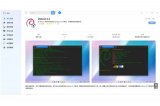
Linux,IIO驅動完結有感
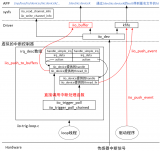
【驅動教程】iTOP-RK3568開發板進行講解第十三期,主要講解輸入子系統,共計24 講
linux--LED子系統一文讀懂

鴻蒙開發圖形圖像:【圖形子系統】
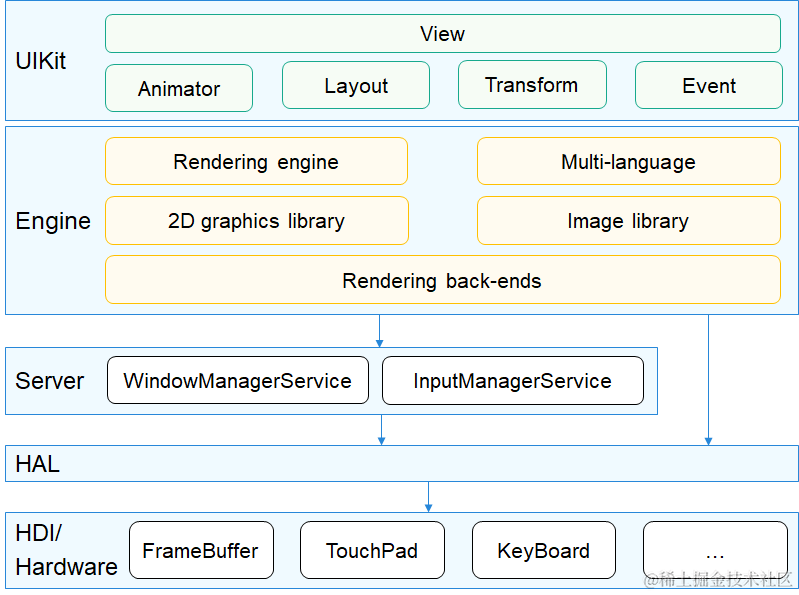
鴻蒙開發學習:【驅動子系統】
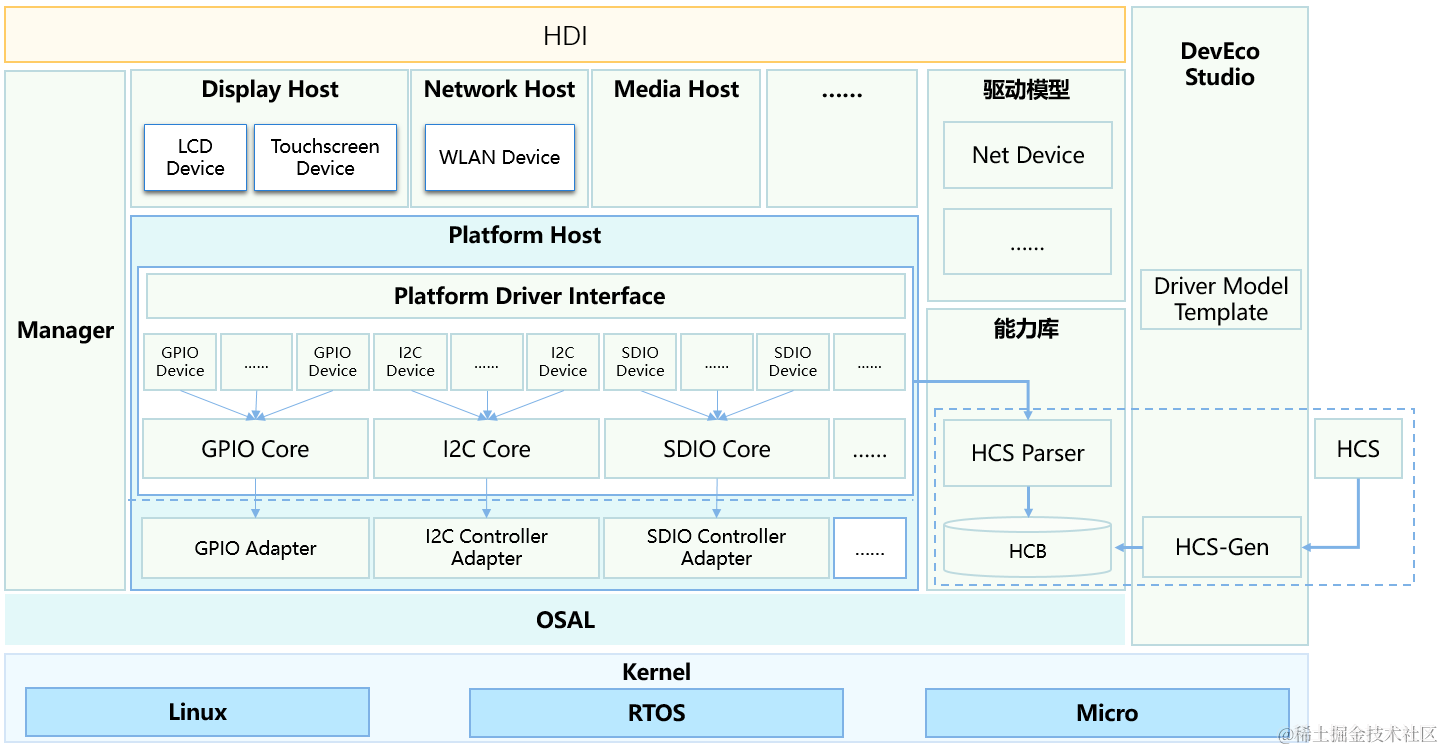




 Linux 開發IIO子系統入門
Linux 開發IIO子系統入門

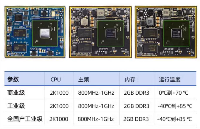
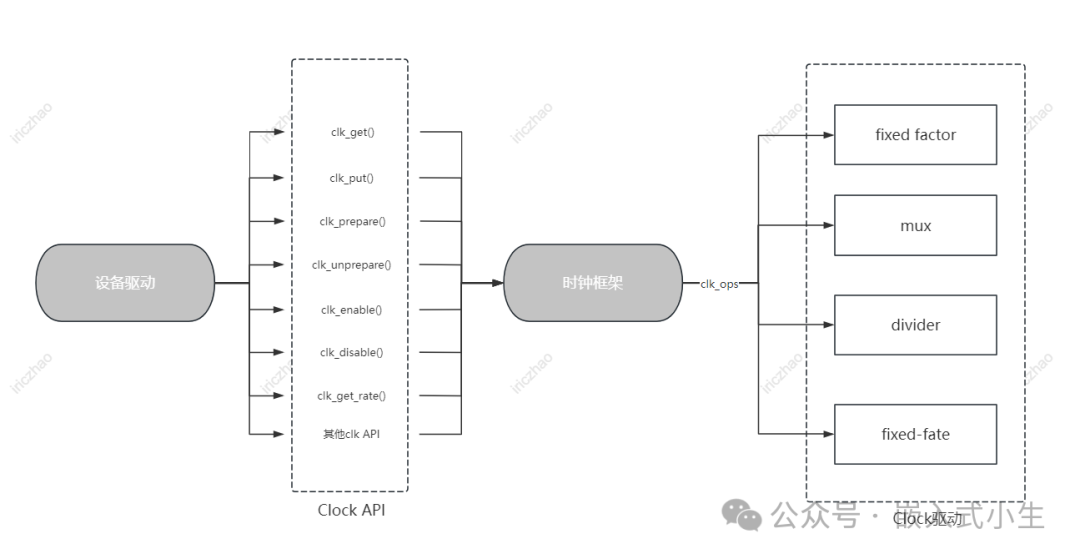

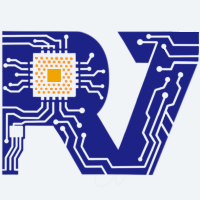

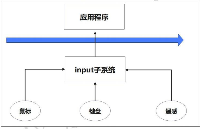










評論